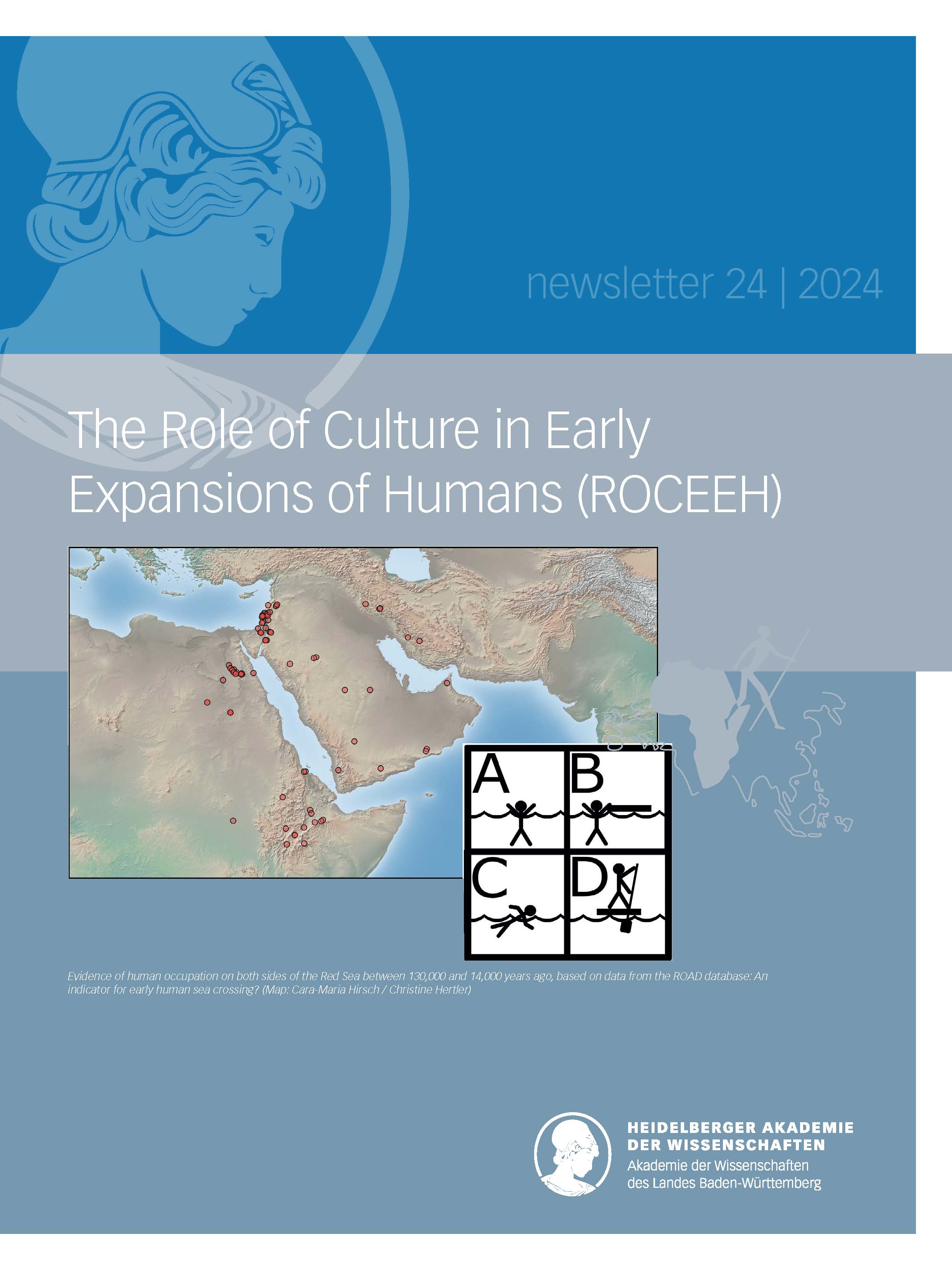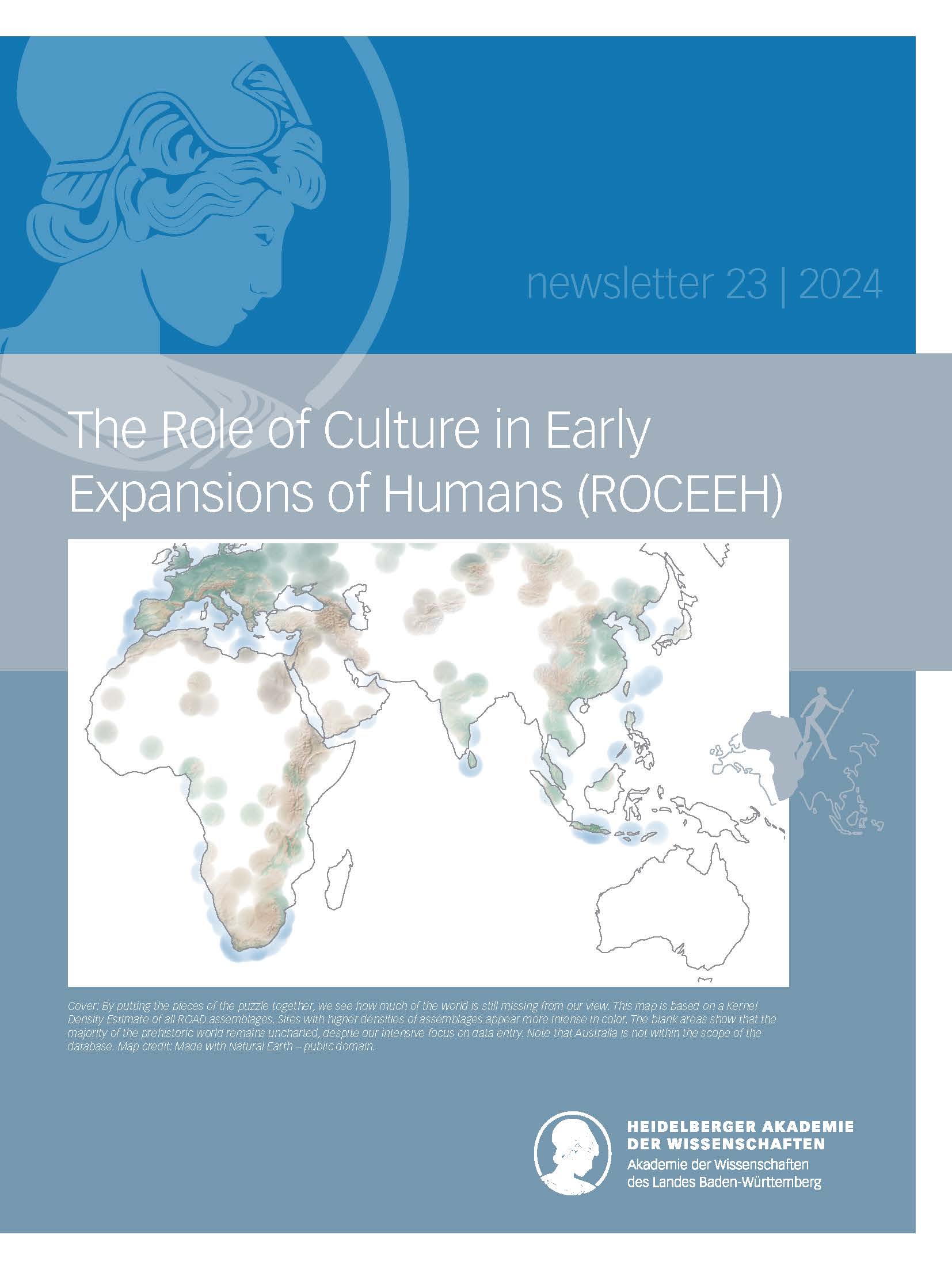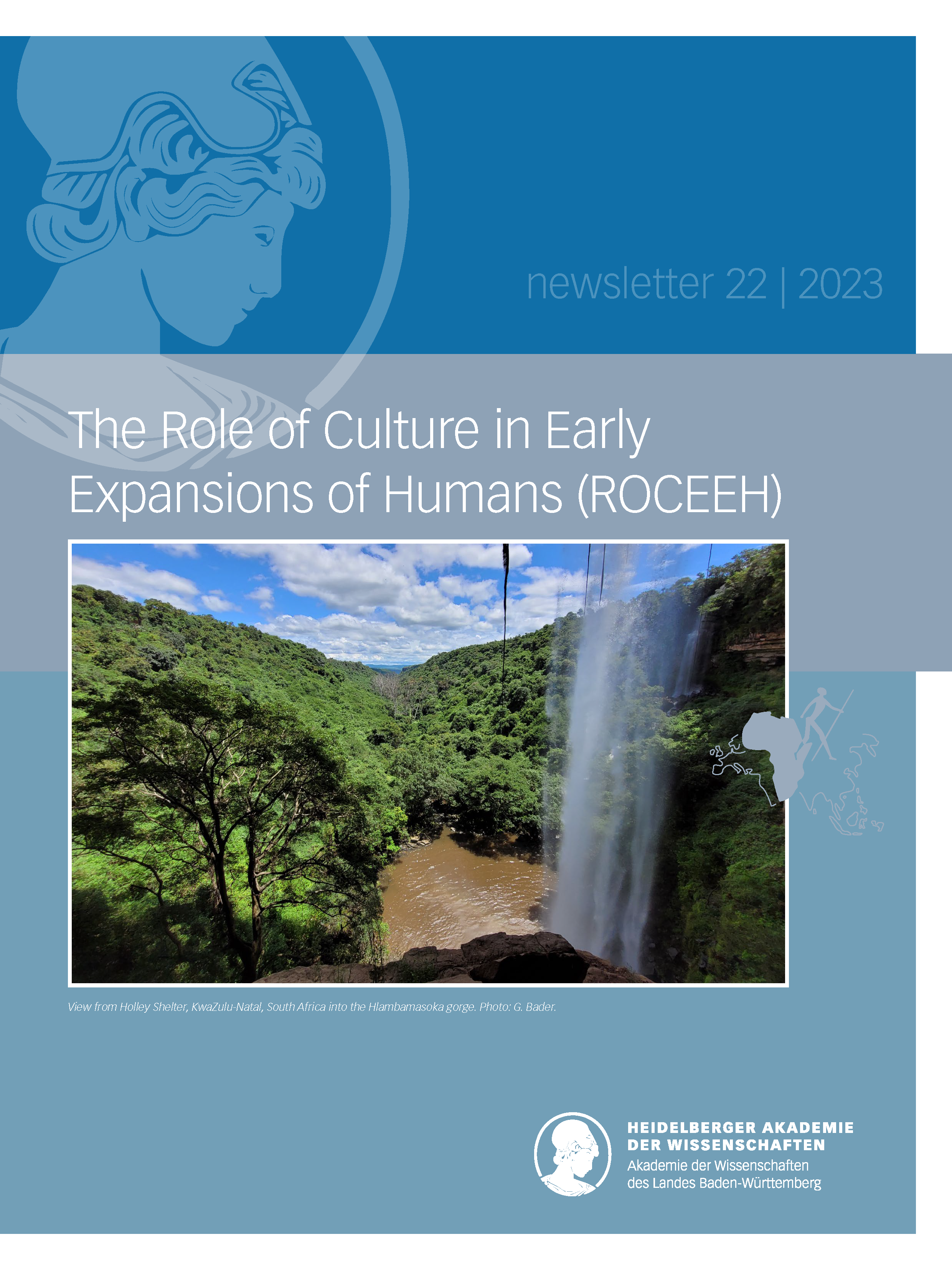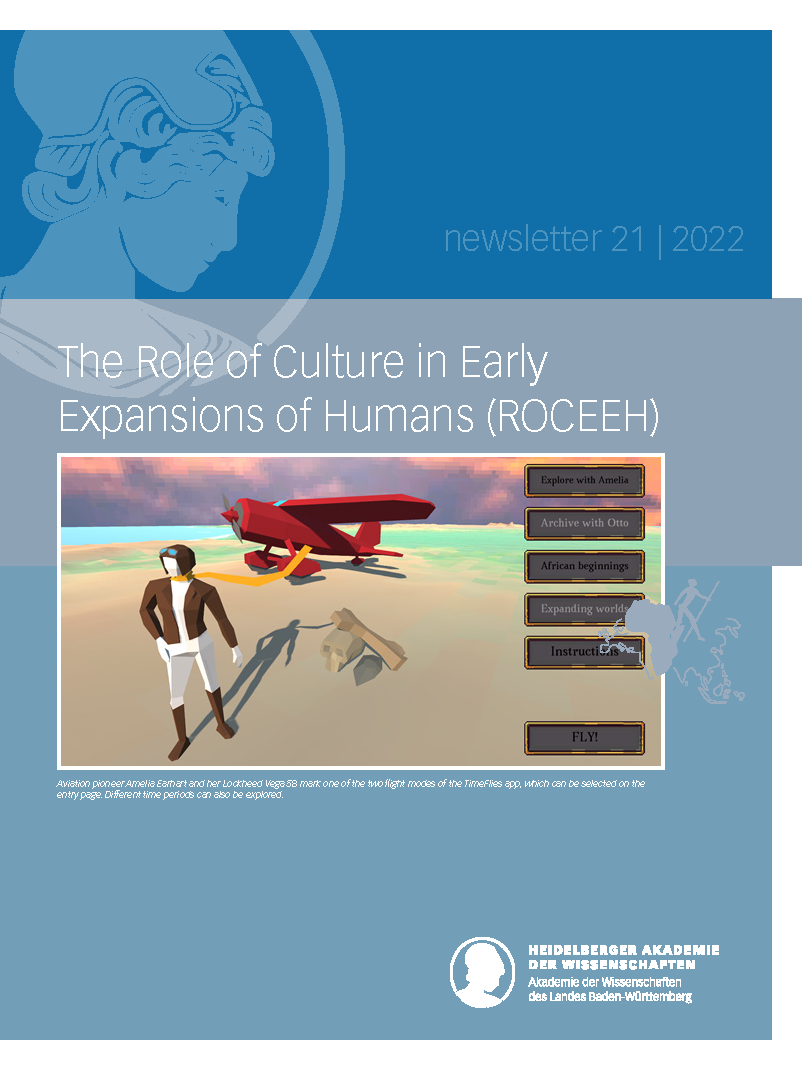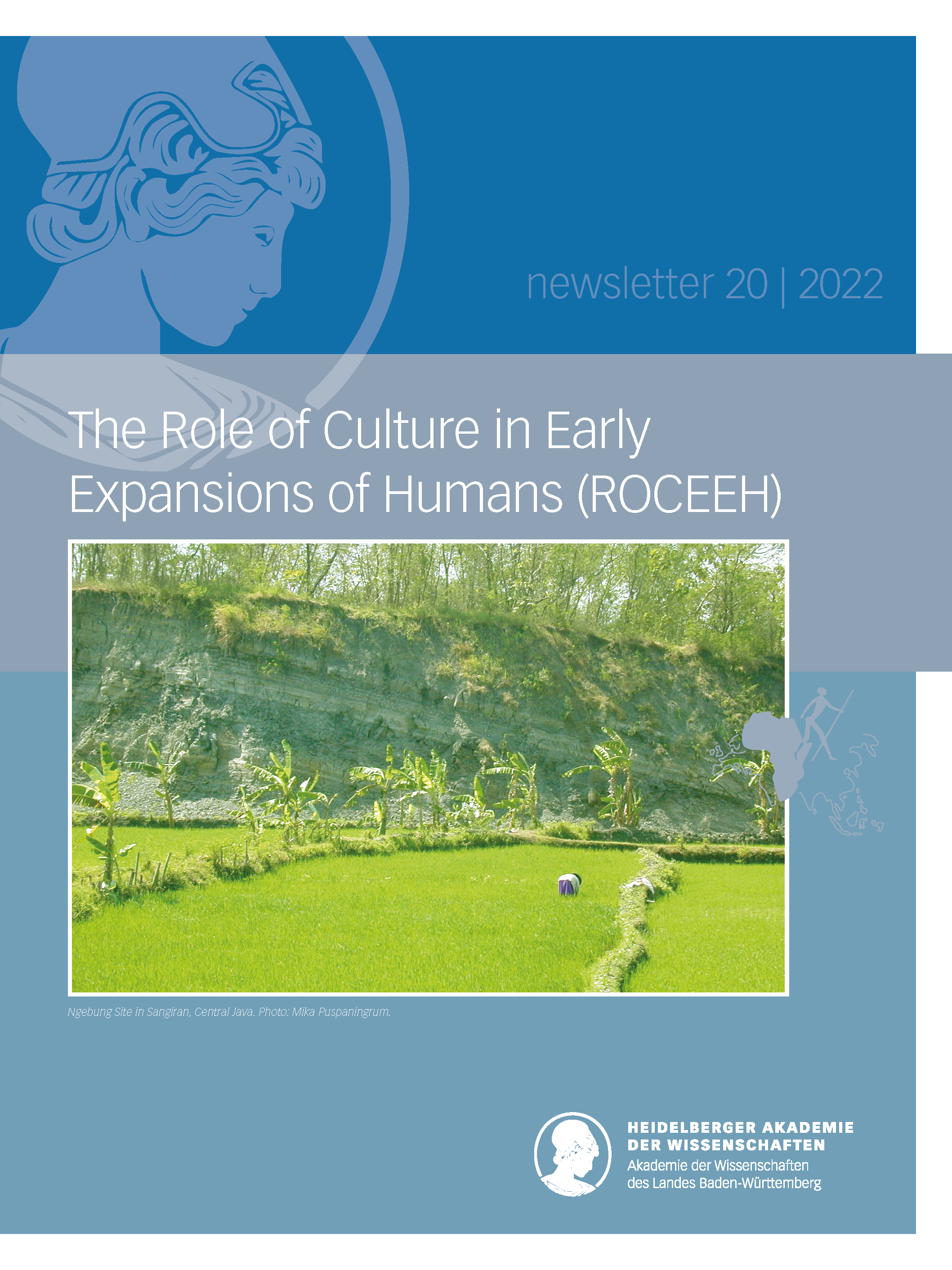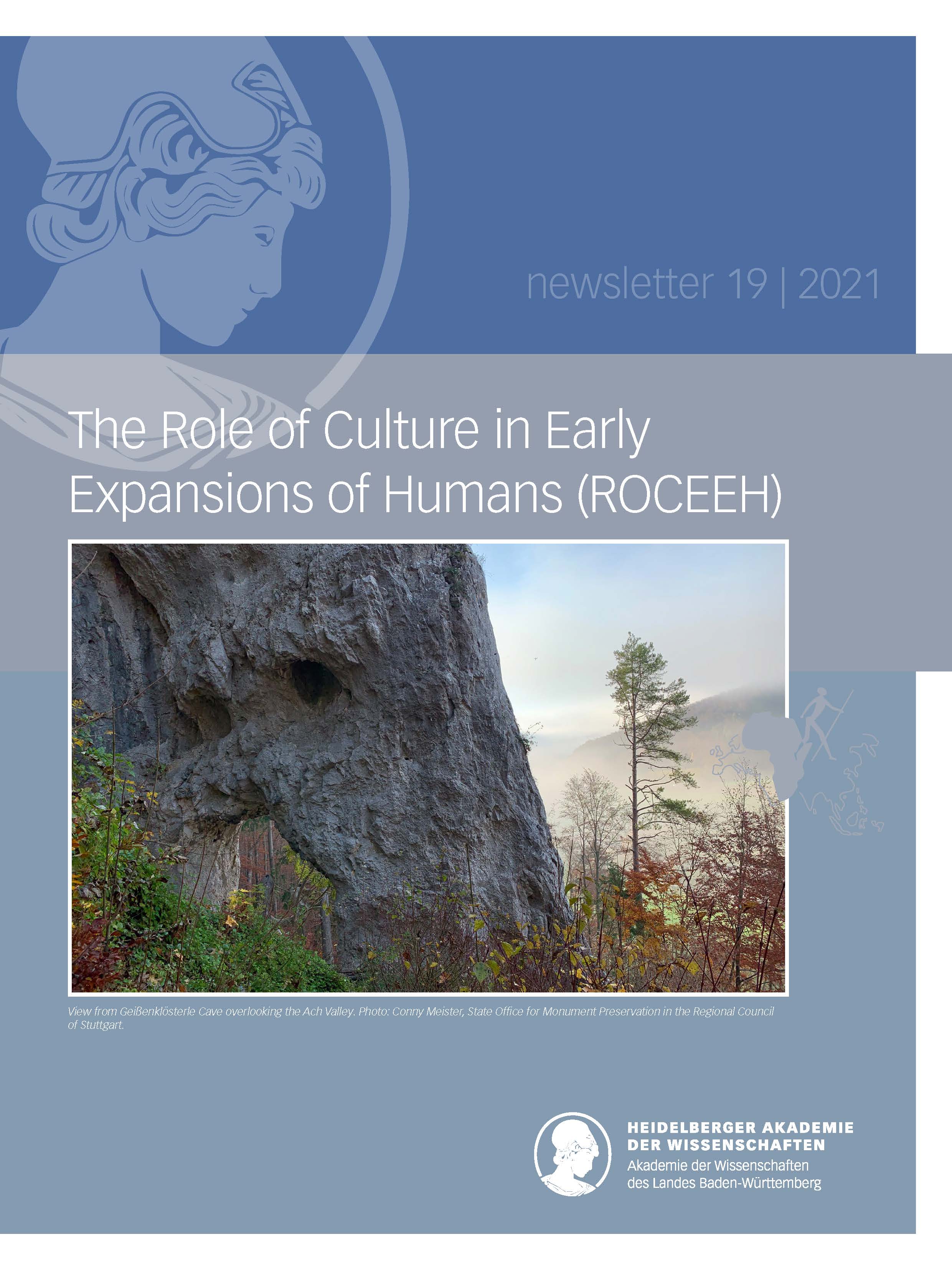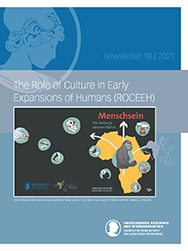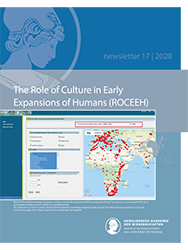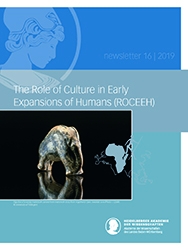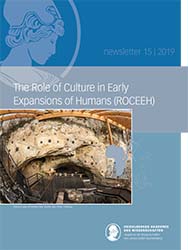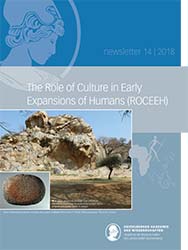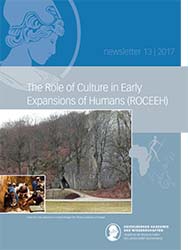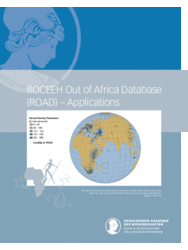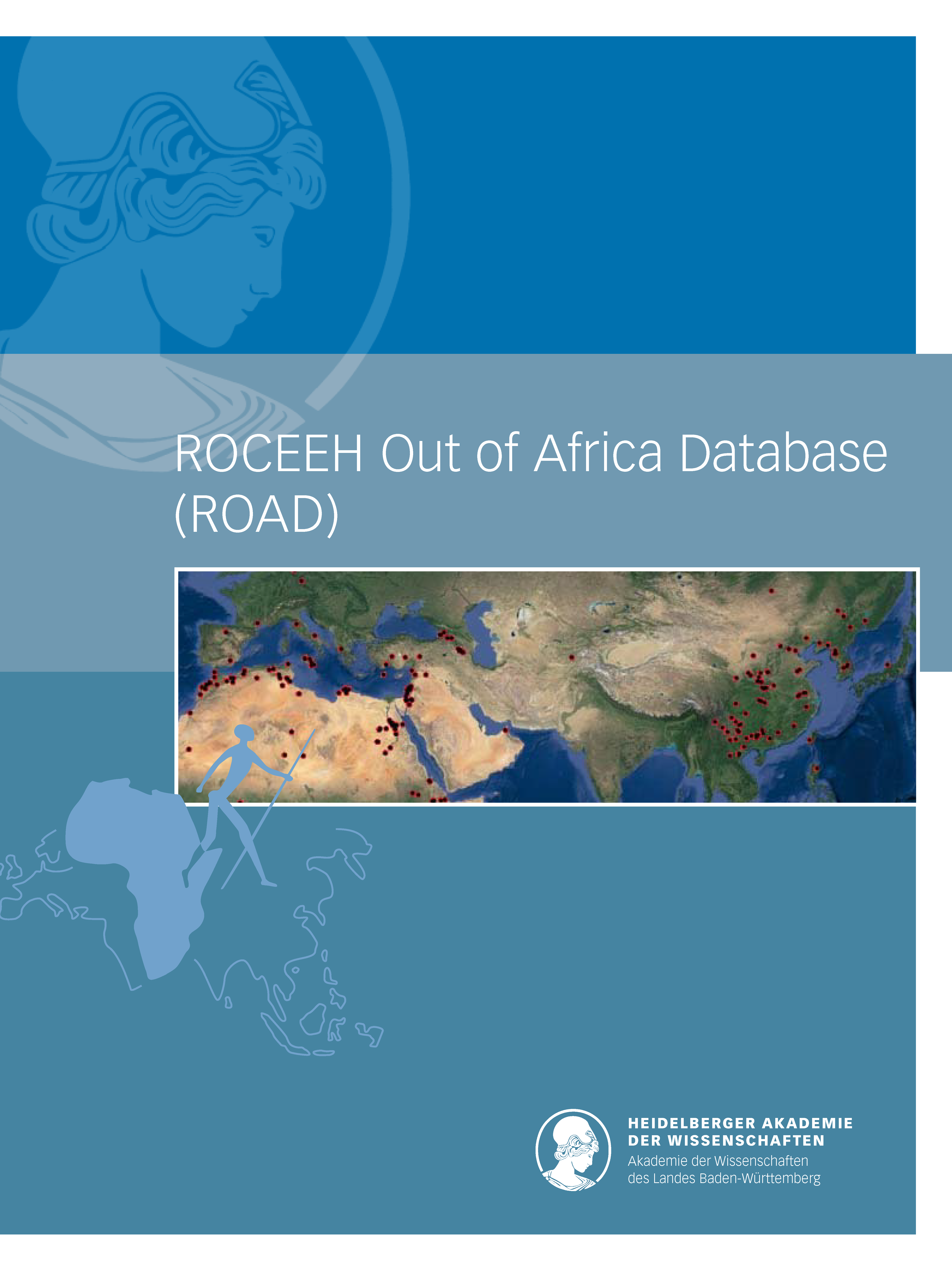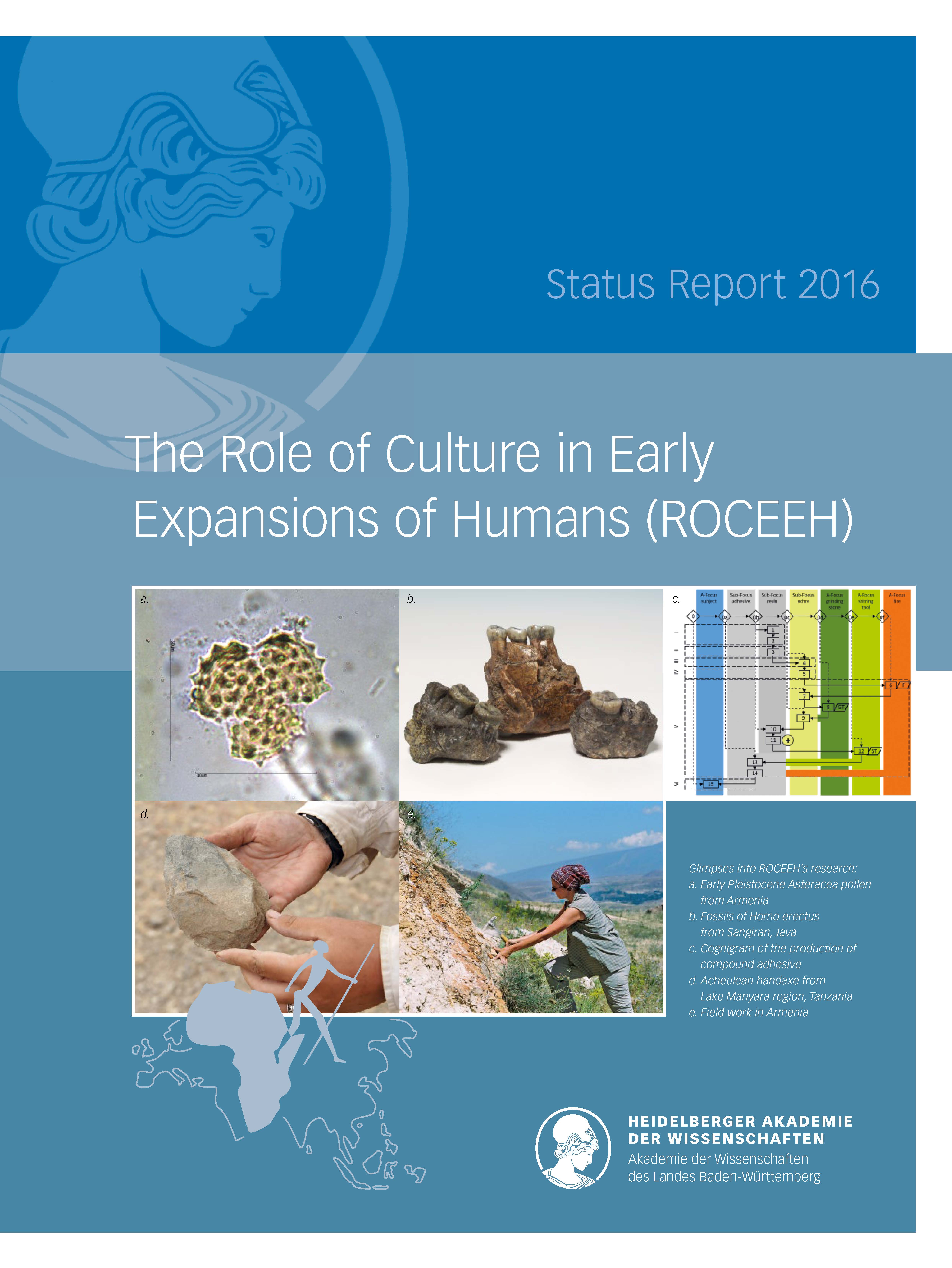Aufgrund technischer Schwierigkeiten ist die Datenbank zur Zeit nur aus dem Universitätsnetz Heidelberg oder via eduroam erreichbar. Wir versuchen die Funktionalität so rasch wie möglich wiederherzustellen und bedauern die Unannehmlichkeiten.
ROAD | Newsletter | Jahresberichte
ROAD - ROCEEH Out of Africa Datenbank
Das Herzstück des Projektes bildet die Datensammlung von archäologischen und paläoanthropologischen Fundstellen innerhalb des chronologischen und geografischen Bereichs. Die Informationen über die Fundstellen und die dazugehörigen Assemblagen sind über verschiedene Arten von Publikationen und Datenbanken zugänglich. Indem ROCEEH systematisch Daten sammelt und sie anderen Forschern zur Verfügung stellt, bietet es freien Zugang zu Informationen, die sonst nicht ohne weiteres zugänglich wären. So erweitert ROCEEH das verfügbare Wissen über das kulturelle Erbe unserer Vergangenheit. Diese Daten sind in einer multidisziplinären, webbasierten, georelationalen Datenbank namens ROAD (ROCEEH Out of Africa Database) mit fortschrittlichen Funktionen eines geographischen Informationssystems (GIS) organisiert. So vereint ROAD geografische Daten über Fundstellen mit Informationen über deren Stratigrafie und die darin enthaltenen kulturellen Funde. Zusätzlich assimiliert ROAD Informationen über die menschliche Fossilgeschichte, Fauna, Flora und Klima und stellt diese Informationen zur Verfügung, um frühe menschliche Lebensräume zu modellieren. Neben der systematischen Zusammenstellung der Daten analysiert das ROCEEH-Team den Inhalt der ROAD-Datenbank anhand von Fallstudien, die verschiedene kulturelle Phänomene untersuchen. Die Ergebnisse werden in einen digitalen Atlas integriert, der die Entwicklung von Mensch und Umwelt detailliert darstellt.
Die in der ROAD Datenbank enthaltenen Informationen sind seit September 2021 auch über das European Archaeology Portal ARIADNE abrufbar.
Der Zugang der ROAD Datenbank über das Ariadne Portal ist im aktuellen ARIADNEplus Research Infrastructure Newsletter erwähnt.
https://ariadne-infrastructure.eu/roceeh-out-of-africa-database-road-available-in-the-portal/
Newsletter
Aktuelle Newsletter | Broschüren | ROCEEH Flyer | Frühere Newsletter
Wenn Sie sich für den ROCEEH Newsletter interessieren, registrieren Sie sich bitte hier.
Aktuelle Newsletter
Newsletter 24-2024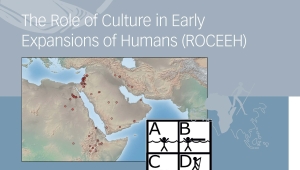 ROCEEH
|
Newsletter 23-2024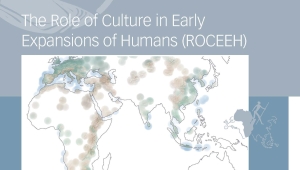 ROCEEH
|
Newsletter 22-2023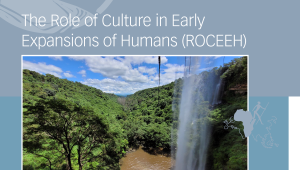 ROCEEH
|
Newsletter 21-2022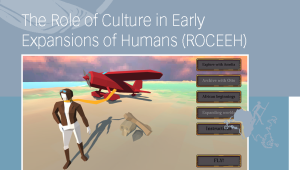 ROCEEH
|
Newsletter 20-2022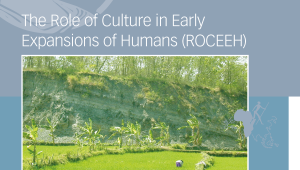 ROCEEH
|
Newsletter 19-2021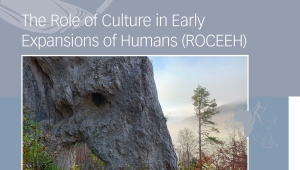 ROCEEH
|
Newsletter 18-2021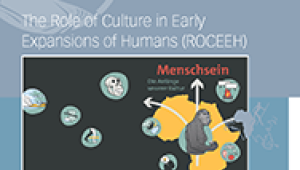 ROCEEH
|
Newsletter 17-2020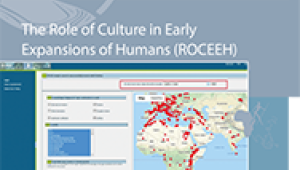 ROCEEH
|
Newsletter 16-2019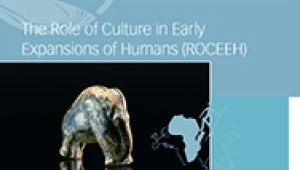 ROCEEH
|
Newsletter 15-2019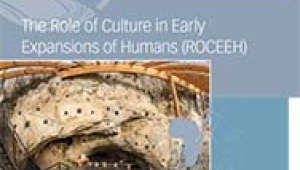 ROCEEH
|
Newsletter 14-2018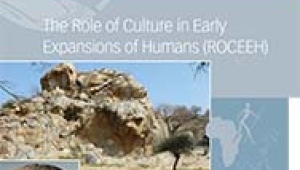 ROCEEH
|
Newsletter 13-2017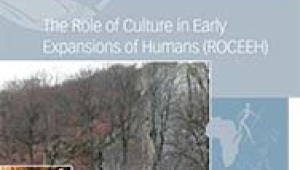 ROCEEH
|
Broschüren
ROAD Broschüre 2-2018 (Anwendungen)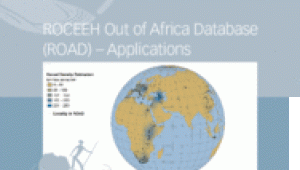 ROCEEH
In this second ROAD brochure, we focus on the practical applications that ROAD offers its users. ROAD provides a synopsis of prehistoric sites and cultures, opening up the deep past of humankind to further exploration. ROAD allows its users to compare, combine, analyze and visualize information about achaeological and paleoanthropological sites. We hope that ROAD will help scientists and the general public to better understand the wide spectrum of our cultural heritage. |
ROAD Broschüre 1-2015 (Einführung)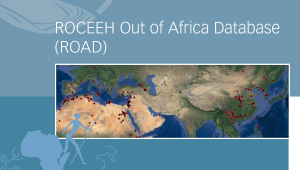 ROCEEH
A database is a valuable tool for managing the ever increasing amounts of digital data used in science and everyday life. Structure, quality assessment and accessibility of data require innovative approaches to maintain the life expectancy of a database. The challenge to build up a comprehensive system for the analysis of the early expansions of humans was triggered by our need to integrate interdisciplinary work from the fi elds of archeology, paleontology, paleoanthropology and paleogeography, as well as computer science. The ROAD database presented here is an open, web-based information system providing maps, view graphs and text explanations. It offers users the ability to carry out SQL-queries and spatial analysis about many aspects of early human expansions. |
ROCEEH Status Report 2016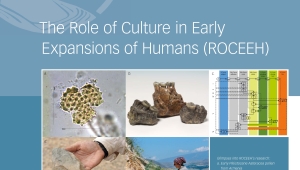 ROCEEH
As a result of theoretical debates and case studies performed over the last years, ROCEEH has developed new views on expansions, as well as on the dynamics and interactions of human evolution. Expansions are a central concept not only for spatio-temporal dispersals in human evolution, but also for the understanding of hominin cultural capacities and the specific environment, the developmental forces and drivers in these fields, and the relationship between range, physical/mental/behavioral performances and the use of resources. Therefore, ROCEEH adjusted its objectives.The structure of the research center has matured since the initial proposal of the project and this development is represented in the status report 2016. |
ROCEEH Flyer
Frühere Newsletter


